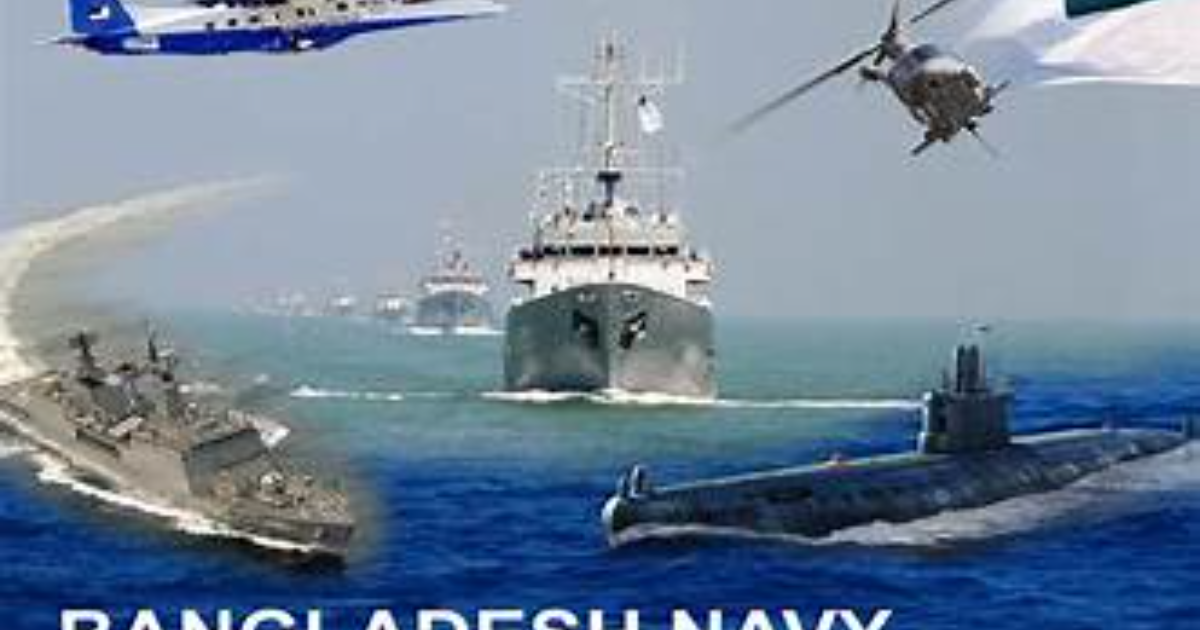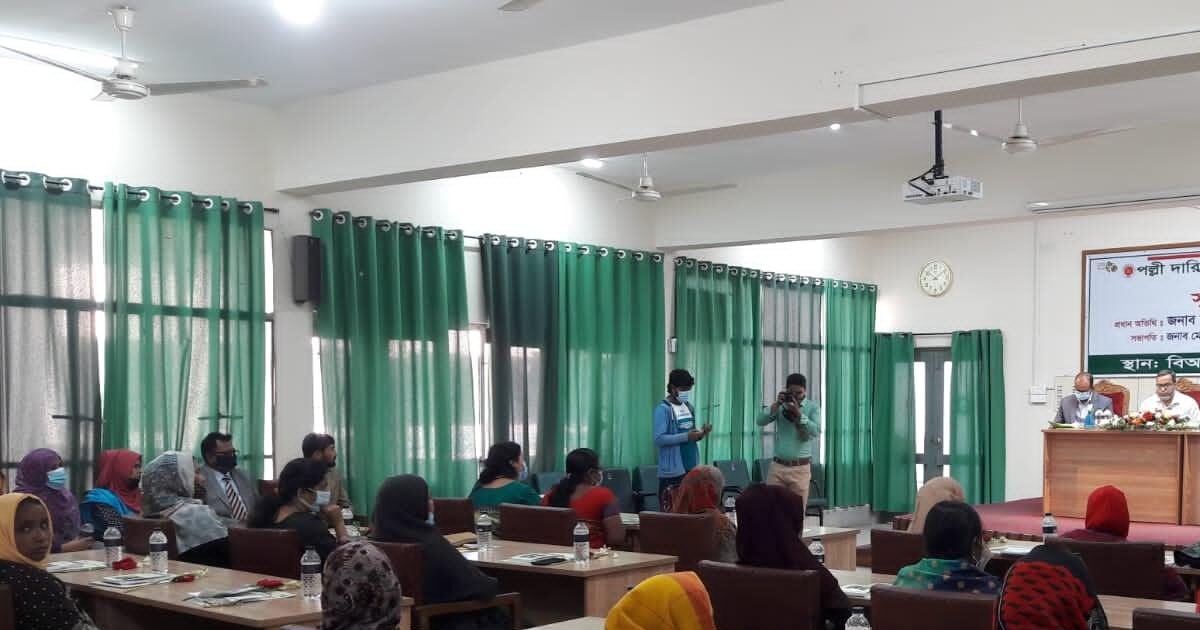Bangladesh Water Development Board job circular 2025
বাংলাদেশ পানি উন্নয়ন বোর্ড
| Job Category: | Govt. Job |
| Job Source: | দৈনিক সমকাল |
| Posted On: | 5 April 2025 |
| Application Deadline: | 10 Apr 2025 |

Bangladesh Water Development Board (BWDB): A Comprehensive Overview
Introduction
Water is a vital resource for any nation, particularly for a riverine country like Bangladesh. With more than 700 rivers flowing across its territory, the management, development, and conservation of water resources are crucial for the country’s agriculture, industry, transportation, and everyday life. The Bangladesh Water Development Board (BWDB) stands at the forefront of managing these water resources. Established with the vision of ensuring sustainable water management, the BWDB plays a central role in water-related infrastructure development, flood control, irrigation, and the protection of lives and property from water-related disasters.
This article provides an in-depth look at the Bangladesh Water Development Board—its history, structure, functions, achievements, challenges, and future outlook.
Bangladesh Water Development Board job circular 2025
Historical Background
The origin of BWDB dates back to the early years of Pakistan. After the devastating floods of 1954, 1955, and 1956 in East Pakistan (now Bangladesh), the government realized the urgent need for a comprehensive water management authority. As a result, the East Pakistan Water and Power Development Authority (EPWAPDA) was created in 1959 based on the recommendations of the United Nations’ Krug Mission.
After the independence of Bangladesh in 1971, EPWAPDA was restructured, and the Bangladesh Water Development Board was established in 1972 under the Bangladesh Water and Power Development Board (Amendment) Order, 1972 (President’s Order No. 59 of 1972). Eventually, BWDB became an autonomous organization under the Ministry of Water Resources.
Vision and Mission
Vision:
To ensure the optimum development and utilization of the nation’s water resources for sustainable economic growth, poverty reduction, and climate resilience.
Mission:
- To manage water resources for agriculture, domestic and industrial uses.
- To control floods and improve drainage.
- To protect the country from river erosion.
- To implement integrated water resource management (IWRM) in alignment with national development plans.
Organizational Structure
BWDB operates under the Ministry of Water Resources. It has a hierarchical administrative structure consisting of:
- Headquarters in Dhaka
- Zonal offices across various regions
- Field offices at district and sub-district levels
The organizational leadership includes:
- Director General (DG): The chief executive of the board.
- Chief Engineers: Responsible for different wings like Planning, Design, Implementation, and Operation.
- Superintending Engineers and Executive Engineers: Manage field operations.
- Support Staff: Engineers, hydrologists, environmental scientists, planners, surveyors, etc.
The BWDB employs thousands of professionals and support personnel working in different capacities across the country.
Bangladesh Water Development Board job circular 2025
Major Functions and Responsibilities
The Bangladesh Water Development Board is tasked with a wide array of responsibilities aimed at water resource management and development. Some of the key functions include:
1. Flood Control and Drainage
Bangladesh is prone to annual floods that affect millions of people. BWDB constructs and maintains:
- Flood embankments
- Polders
- Regulators
- Flood control gates
- Pumping stations
These infrastructures help protect lives, agricultural lands, and infrastructure from seasonal flooding.
2. Irrigation Development
Irrigation is essential for ensuring year-round agricultural productivity. BWDB is responsible for:
- Development and maintenance of irrigation canals
- Surface and groundwater irrigation systems
- Modernization of irrigation networks
- Promotion of water-saving irrigation technologies
3. River Management and Erosion Control
Riverbank erosion is a persistent threat to many communities along major rivers like the Padma, Jamuna, and Meghna. BWDB:
- Builds revetments and spurs
- Dredges rivers to maintain navigability and reduce erosion
- Conducts river training works
4. Surface and Groundwater Management
BWDB manages both surface water and groundwater resources through:
- Construction of reservoirs
- Monitoring groundwater tables
- Regulation of water extraction
- Promotion of conjunctive use of water resources
5. Coastal Embankment Projects
Coastal regions of Bangladesh are vulnerable to cyclones, tidal surges, and saline water intrusion. BWDB undertakes:
- Coastal embankment construction and rehabilitation
- Tidal river management (TRM)
- Salinity control projects
6. Water-Related Data Collection and Research
The BWDB collects hydrological, meteorological, and environmental data through a nationwide network. This data supports:
- Flood forecasting and early warning systems
- Climate change adaptation planning
- Research and development
7. Implementation of National Water Policy
BWDB is a key implementing agency of the National Water Policy (1999) and aligns its operations with the Bangladesh Delta Plan 2100, which focuses on long-term water security and climate adaptation.
Major Projects and Initiatives
Over the years, the BWDB has implemented several notable projects. Some of them include:
Ganges-Kobadak Irrigation Project (GK Project)
One of the largest irrigation projects in the country, supplying water to vast agricultural lands in the southwest region through a network of canals.
Teesta Barrage Project
Constructed to harness the waters of the Teesta River for irrigation and flood control in the northern districts.
Flood Action Plan (FAP)
Initiated in the early 1990s with international assistance, FAP aimed to develop a comprehensive strategy for flood management in Bangladesh.
Coastal Embankment Improvement Project (CEIP)
With financial support from the World Bank, this project focuses on strengthening embankments, improving disaster resilience, and promoting sustainable livelihoods in coastal areas.
Blue Gold Program
A collaboration between the Government of Bangladesh and the Netherlands, focusing on integrated water management and community empowerment in polders of the southwest region.
Bangladesh Water Development Board job circular 2025
Achievements
Over five decades, BWDB has made significant contributions to the development of Bangladesh’s water infrastructure. Notable achievements include:
- Construction of more than 12,000 km of flood protection embankments
- Development of over 1.5 million hectares of irrigated land
- Successful management of over 600 flood control and drainage projects
- Implementation of large-scale erosion control measures protecting thousands of households
- Expansion of coastal embankments to safeguard millions of coastal inhabitants
- Improvement in flood forecasting systems with digital technologies
- Engagement with local communities through participatory water management
These efforts have contributed to increased food production, poverty reduction, and resilience against climate-induced disasters.
Challenges
Despite its accomplishments, the BWDB faces several challenges:
1. Aging Infrastructure
Many flood control and irrigation systems were built decades ago and now require repair or replacement. Maintenance is often underfunded.
2. Climate Change Impacts
More erratic weather patterns, rising sea levels, and increased intensity of cyclones pose new threats that existing systems may not be equipped to handle.
3. Institutional Coordination
Coordination with other agencies like the Local Government Engineering Department (LGED), Department of Agricultural Extension (DAE), and Department of Public Health Engineering (DPHE) can be complex.
4. Limited Funding
Large-scale water projects require substantial investment. Funding gaps often lead to delays in implementation or incomplete projects.
5. River Siltation and Encroachment
Siltation reduces river depth, affecting flood management and navigation. River encroachment by unauthorized settlements makes waterway management difficult.
6. Community Involvement
Despite policies promoting community participation, many local groups are not meaningfully involved in project planning or maintenance.
Reforms and Modernization Efforts
To address these challenges, BWDB is undergoing various reforms:
- Digitalization of data systems for better monitoring and transparency
- Capacity building programs for engineers and technical staff
- Public-private partnerships (PPPs) in water infrastructure
- Gender mainstreaming in water projects
- Adoption of environmental and social safeguard policies
- Promotion of integrated water resource management (IWRM) approaches
BWDB is also aligning its operations with the Sustainable Development Goals (SDGs), particularly SDG 6: Clean Water and Sanitation.
International Cooperation
BWDB collaborates with numerous international organizations, including:
- World Bank
- Asian Development Bank (ADB)
- United Nations Development Programme (UNDP)
- JICA (Japan International Cooperation Agency)
- Netherlands Government (RVO, Deltares)
These partnerships bring in technical expertise, funding, and global best practices in water management.
Future Outlook
Looking ahead, BWDB’s role will only become more critical. With a growing population, expanding urbanization, and mounting pressure from climate change, sustainable water management will be central to Bangladesh’s development.
Key focus areas for the future include:
- Smart water infrastructure using IoT and remote sensing
- Large-scale dredging and river restoration
- Integrated water planning at the basin level
- Development of sustainable urban drainage systems
- Strengthening of flood forecasting and early warning systems
- Promotion of climate-resilient infrastructure
The BWDB must evolve into a more agile, community-oriented, and technologically advanced organization to meet the future demands of water governance.
Conclusion
The Bangladesh Water Development Board plays a vital role in the socio-economic fabric of Bangladesh. Through decades of service, it has significantly contributed to the country’s flood protection, irrigation, river management, and coastal defense. However, changing climatic conditions, rapid development, and emerging water-related challenges call for continuous innovation, capacity building, and strategic planning.
With sustained investment, strong governance, and active community participation, BWDB has the potential to transform Bangladesh’s water sector and ensure long-term water security for generations to come.
Read previous post
Standard Bank Ltd Job Circular 2024
Discover more from Common Target
Subscribe to get the latest posts sent to your email.

